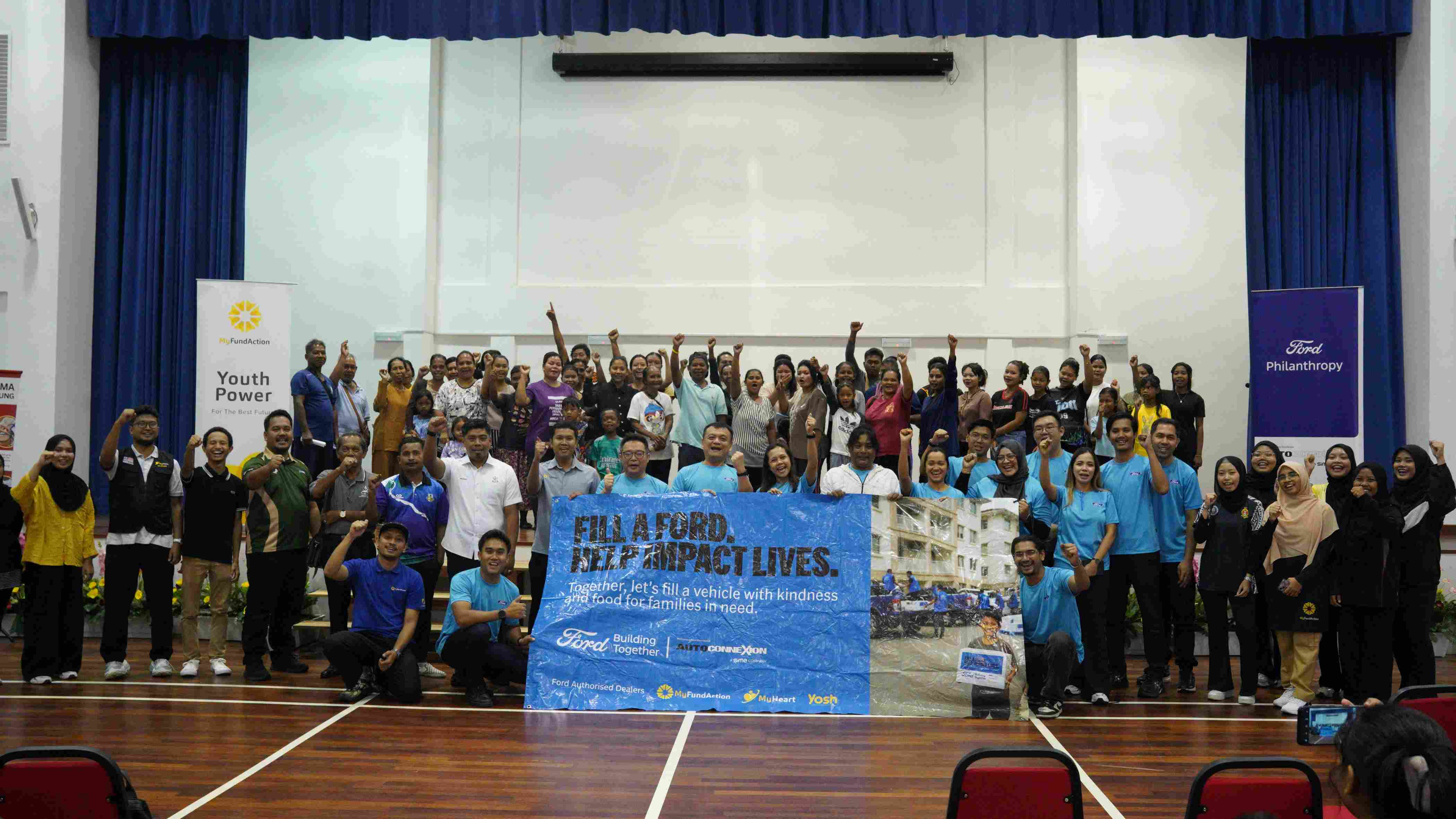Future-proofing Malaysia’s Power Grid for 13MP
By Edwin Kong, the Business Vice President for Power System Malaysia, Schneider Electric
The recent International Energy Week in Sarawak highlighted its aim to become a regional leader in low-carbon energy. Over two days, more than 400 companies and brands from 25 countries came together to discuss the future of energy, including smart grids, carbon capture, utilisation and storage (CCUS), the use of artificial intelligence (AI) in energy, and financing solutions.
As mentioned during the Schneider Electric Innovation Talk in Sarawak, we are seeing increased transition towards clean and sustainable energy. Data from the International Energy Agency shows a 70% increase in global investment in clean energy over the past 5 years and a 15% decrease in investment in fossil fuels.
With already 70% of its current power mix generated from renewables, Sarawak is aiming to implement projects and attract investors aligned with its ambition to become the “Battery of ASEAN”.
Schneider Electric participated to showcase technologies and case studies relevant to renewable energy, green hydrogen, smart-grid modernisation, and carbon management.
Separately, similar technologies are widely discussed as Malaysia begins its journey to implement its next 5-year national plan from 2026 to 2030.
13MP challenges and opportunities
The 13th Malaysia Plan (13MP) outlines federal allocations of RM611 billion, signalling commitments to clean energy, digitalisation, and infrastructure resilience.
The 13MP blueprint includes targets to digitise 95 per cent of public service operations and extend 5G coverage to 98 per cent, creating an enabling environment for an AI-enabled, high-tech future.
At the same time, Malaysia has outlined a clear direction to strengthen its position in the fields of AI and digital technology. Part of this includes the AI Technology Plan 2026-2030 being drafted by the National AI Office (NAIO), which promotes the development of local talent, research, and technology commercialisation to support the widespread adoption of AI.
This focus on AI has led to the rapid growth in establishing data centres, which is quickly becoming a major factor affecting Malaysia’s electricity demand. Johor, the hub of the Johor–Singapore Special Economic Zone, approved 42 new data-centre projects in the second quarter of 2025 alone, reaffirming its status as ASEAN’s emerging hyperscale centre.
One such example is DayOne Data Centres, which has already secured RM15 billion (approximately US$3.6 billion) in green financing to develop a 500 MW campus near Iskandar Puteri, with the first 100 MW block scheduled for completion in 2026. Across the country, investment in server halls is projected to increase by 185 per cent between 2023 and 2025, supporting over 30,000 Malaysian jobs annually by 2030 and adding several extra gigawatts of near-continuous base-load to the grid.
A key factor for ongoing progress in grid resilience and digitalisation is the pace of acceleration in unlocking new renewable corridors. This could help Malaysia achieve the 13MP’s clean energy targets.
Plans announced by the government include connecting power grids between Peninsular Malaysia and Sarawak, aiming to expand green electricity exports. Malaysia is also examining the feasibility of nuclear energy as a long-term energy source for a clean and sustainable energy supply.
To summarise, the 13MP sees rising demand for clean energy, increased grid interconnectivity, and the need to address the global trend of rising temperatures and climate events that could impact grid stress.
Trends Shaping Regional Interconnectivity
Three trends shaping regional interconnectivity include:
- Smarter, shared infrastructure – real-time data and analytics are now table-stakes for a multi-state grid.
- Intermittent renewables – integrating solar, hydro, and soon green-hydrogen exports demands end-to-end visibility.
- Climate-induced stress – higher temperatures and extreme weather call for rapid self-healing networks.
All of these can be managed through technology that fosters resilience, flexibility, and sustainability.
Technologies such as Fault-Location, Isolation and Service-Restoration (FLISR) can locate and reroute around a fault in under 60 seconds, protecting hospitals and data centres during severe storms. Elsewhere, dynamic grid reconfiguration has reduced up to 75 kilotons of CO₂ annually in some utilities abroad. Such an outcome may be relevant to the country’s emissions-trading ambitions.
These solutions could support Malaysia’s planned grid complexity, particularly as electric vehicle charging and distributed solar power become increasingly important to Malaysia's future electrification.
As Malaysia works to reach its 35% renewable energy target, export green energy across ASEAN, and support a resilient, AI-enabled economy for the upcoming decade as part of its 13th Malaysia Plan, progress would benefit from a digital-first, adaptable national grid.
###













